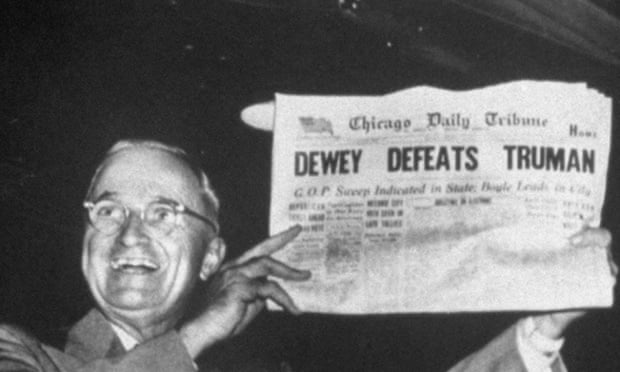 Shareholder activism is often identified as a mechanism to discipline managers and keep them focused on value creation for investors. An NPR story reports that shareholders in a zoo near Shanghai, frustrated that they weren’t making a profit on their investment, fed a live donkey to zoo tigers as a form of protest. At a shareholders meeting they voted in favor of feeding the donkey to the tigers to express their anger. Their objections center on the zoo’s debts and legal troubles. For two years, the investors said the venture has not been profitable. The video of the event has stoked public outrage and condemnation. While this is a rather unusual example of shareholder activism, it may spur some fruitful discussion in class. One of the interesting elements of this action is that the Corporate Social Responsibility literature would lead us to expect that investors have idiosyncratic preferences and will make trade-offs on returns (see this article by Mackey, Mackey & Barney). For example, one might expect that investors in a zoo would be willing to trade off financial returns to care for animals. A protest of poor profitability that hurts an animal seems especially unlikely. Yet there is is. As the cartoon implies, there are other ways for investors to protest…
Shareholder activism is often identified as a mechanism to discipline managers and keep them focused on value creation for investors. An NPR story reports that shareholders in a zoo near Shanghai, frustrated that they weren’t making a profit on their investment, fed a live donkey to zoo tigers as a form of protest. At a shareholders meeting they voted in favor of feeding the donkey to the tigers to express their anger. Their objections center on the zoo’s debts and legal troubles. For two years, the investors said the venture has not been profitable. The video of the event has stoked public outrage and condemnation. While this is a rather unusual example of shareholder activism, it may spur some fruitful discussion in class. One of the interesting elements of this action is that the Corporate Social Responsibility literature would lead us to expect that investors have idiosyncratic preferences and will make trade-offs on returns (see this article by Mackey, Mackey & Barney). For example, one might expect that investors in a zoo would be willing to trade off financial returns to care for animals. A protest of poor profitability that hurts an animal seems especially unlikely. Yet there is is. As the cartoon implies, there are other ways for investors to protest…
Contributed by Russ Coff

 Are there cultural norms for telling the truth?
Are there cultural norms for telling the truth?  This isn’t the first time polls have been wrong. The election of Donald Trump was a shock to many college students (as well as the press) and this may warrant some class time. Some instructors responded by
This isn’t the first time polls have been wrong. The election of Donald Trump was a shock to many college students (as well as the press) and this may warrant some class time. Some instructors responded by  What follows is a brief description/outline of the lecture. While it certainly won’t do it justice, it may offer some important ideas for instructors to explore.
What follows is a brief description/outline of the lecture. While it certainly won’t do it justice, it may offer some important ideas for instructors to explore. However, it is certainly produced a gush of news lately as oil prices have slipped by 60% in just a few months.
However, it is certainly produced a gush of news lately as oil prices have slipped by 60% in just a few months.  here are lots of cases, exercises, & simulations dealing with making strategic decisions, but few that deal with execution. Since implementation is a major hurdle for achieving a successful strategy, this can leave an important gap in the traditional strategy course.
here are lots of cases, exercises, & simulations dealing with making strategic decisions, but few that deal with execution. Since implementation is a major hurdle for achieving a successful strategy, this can leave an important gap in the traditional strategy course. 